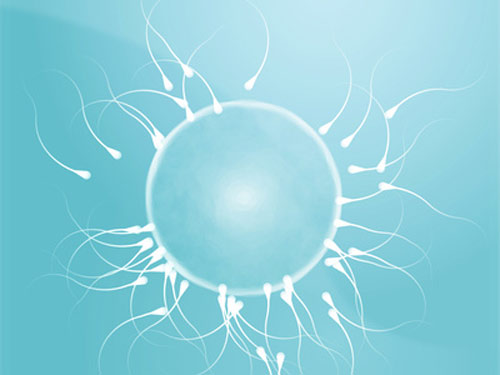
Source: © Kheng Guan Toh/Fotolia
Many couples who struggle with infertility also suffer uncertainty. Infertility may arise from paternal or maternal factors, or both. When this uncertainty persists, couples may be unable to start the most appropriate fertility treatments. And the birth of a healthy child may be delayed.
To help resolve uncertainty—and guide prospective parents to the right fertility treatments—scientists propose the use of a new kind of fertility test. It involves examining sperm RNA by means of next-generation sequencing.
To date, evaluation of male infertility has lagged evaluation of female infertility, even though the American Society for Reproductive Medicine holds that infertility is due in equal measure to male and female factors. Male factors that have been subject to scrutiny have been limited to a few semen parameters, in addition to a review of the prospective father’s reproductive and family histories.
Existing semen parameters—sperm concentration, motility, and morphology—are useful mainly for the diagnosis of obvious cases of male infertility. The new test, however, can provide an objective measure of the paternal contribution to infertility. It was developed in the laboratory of Stephen Krawetz, Ph.D., a researcher at Wayne State University, in collaboration with scientists from CReATe Fertility Center, University of Toronto, Harvard University, and Georgia Regents University.
The scientific team presented their results July 8 in Science Translational Medicine, in an article entitled, “Absence of sperm RNA elements correlates with idiopathic male infertility.”
“We assessed spermatozoal RNAs from 96 couples presenting with idiopathic infertility and identified the final reproductive outcome and sperm RNA elements (SREs) reflective of fecundity status,” the authors wrote. “The absence of required SREs reduced the probability of achieving live birth by timed intercourse or intrauterine insemination from 73 to 27%.”
The authors added, however, that the absence of these same SREs does not appear to be critical when using assisted reproductive technologies such as in vitro fertilization with or without intracytoplasmic sperm injection.
“Upon validation, [next-generation sequencing of sperm RNA] may help to identify those couples who may benefit from assisted reproductive technologies and those couples who may be successful with minimal intervention,” said Dr. Krawetz. “It is our goal to use this technology to reduce both the time to live birth of a healthy child and the cost when couples seek infertility treatment, so as to reduce the stress on the couple.”
About 13% of couples of reproductive age experience fertility problems. When fertility problems are identified, the usual response is to conduct extensive evaluation of the female partner before embarking on fertility treatment. But now, with the new test, the male partner may receive additional attention, beyond the evaluation of the usual semen parameters.
In the current study, about 30% of the idiopathic infertile couples presented an incomplete set of required SREs, suggesting a male component as the cause of their infertility. Conversely, analysis of couples that failed to achieve a live birth despite presenting with a complete set of SREs suggested that a female factor may have been involved. This was confirmed by their diagnosis, noted the authors of the Science Translational Medicine article.
According to Dr. Krawetz, the diagnostic potential of next-generation sequencing of sperm RNA indicates this method is “better suited to the task” of analyzing the male's role in infertility, and is a step toward personalized precision reproductive medicine that may help guide the couple to their successful treatment.
Sperm RNA analysis at present is technically challenging, but it is being automated. The technique could become part of a routine examination as “we move toward personalized and precision medicine,” Dr. Krawetz asserted. While the test is experimental, it has the potential for cost savings for both the patients and the healthcare system.
The next step, emphasized a Wayne State University press announcement, is to expand to a prospective blinded study and to begin to define a set of markers that may be predictive of assisted reproduction outcomes.



